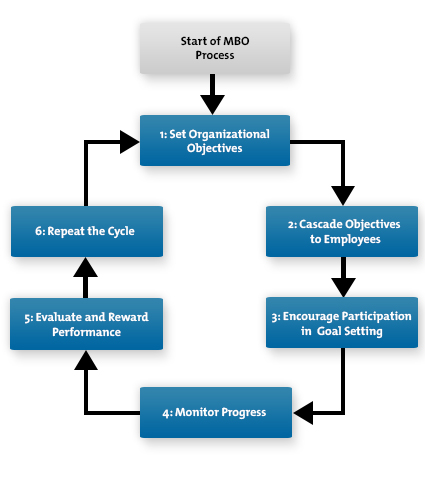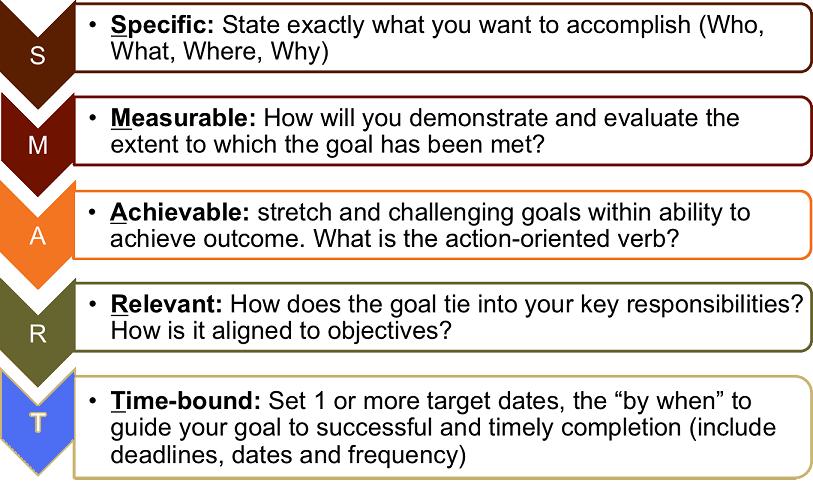When Dr Mandi is Expected into the class, we can always expect something new, that shall be in stake for us.
The Navarang Puzzle describes its speciality with 27 blocks identical cubes,6 faces, 9 colours each, and no colour being repeated !!!
The Navarang Puzzle describes its speciality as a cube having 9 different colors on each of the face.. NAVRANG CUBE is a simple playing cube composed of 27 identical cubes of 9 different colors (3 cubes of same color). The cube has hole in 5 sides and a connector in one side so as to hold on the other cube. When seen, it resembles like the Rubic cube but is very different in nature and composition.
.jpg)
Now the whole cube was disintegrated to smaller blocks and we were asked to reassemble it!!
Looked easy but really Tough task!!
The purpose was : We needed to ensure no clash of colours, maitained at each step
Finally Mandi Sir Showed up the right way of doing it.
He took 3 cubes of same colours and arranged then in the form of stairs.
i.e.
123 456 789
123 456 789
123 456 789
He then took the rods of 123, 456, 789 together and stacked to eack other in different orientations.
Now that, one plate was complete, he did the same for next plate, And finally our cube was complete.
So the approach was,
Disintegrate:
1 block ----> 27 pieces
Integrate:
27 Blocks elements ---> 9 Rods ---> 3 Plates ---> 1 Block
The main idea behind it was:
When a manager is given a situation:
1) He should see the problem as a whole.
2) Then divide the problem into smaller parts
3) The divide the problem to still smaller sub-parts
To reach to a solution:
1) He need look into the solution to each part if the problem
2) Then integrate the solutions and problems together
3) And come up with a solution on a broader Perspective, looking into every aspect of the problem
Every organisation has a mixed set of people and a different set of skill. We need to take the advantage of their of the differences and build up on it\.\
&
It was Dr Mandi once again. This time a new type of thing.The Navarang Puzzle describes its speciality with 27 blocks identical cubes,6 faces, 9 colours each, and no colour being repeated !!!
The Navarang Puzzle describes its speciality as a cube having 9 different colors on each of the face.. NAVRANG CUBE is a simple playing cube composed of 27 identical cubes of 9 different colors (3 cubes of same color). The cube has hole in 5 sides and a connector in one side so as to hold on the other cube. When seen, it resembles like the Rubic cube but is very different in nature and composition.
.jpg)
Now the whole cube was disintegrated to smaller blocks and we were asked to reassemble it!!
Looked easy but really Tough task!!
The purpose was : We needed to ensure no clash of colours, maitained at each step
Finally Mandi Sir Showed up the right way of doing it.
He took 3 cubes of same colours and arranged then in the form of stairs.
i.e.
123 456 789
123 456 789
123 456 789
He then took the rods of 123, 456, 789 together and stacked to eack other in different orientations.
Now that, one plate was complete, he did the same for next plate, And finally our cube was complete.
So the approach was,
Disintegrate:
1 block ----> 27 pieces
Integrate:
27 Blocks elements ---> 9 Rods ---> 3 Plates ---> 1 Block
The main idea behind it was:
When a manager is given a situation:
1) He should see the problem as a whole.
2) Then divide the problem into smaller parts
3) The divide the problem to still smaller sub-parts
To reach to a solution:
1) He need look into the solution to each part if the problem
2) Then integrate the solutions and problems together
3) And come up with a solution on a broader Perspective, looking into every aspect of the problem
Every organisation has a mixed set of people and a different set of skill. We need to take the advantage of their of the differences and build up on it\.\










